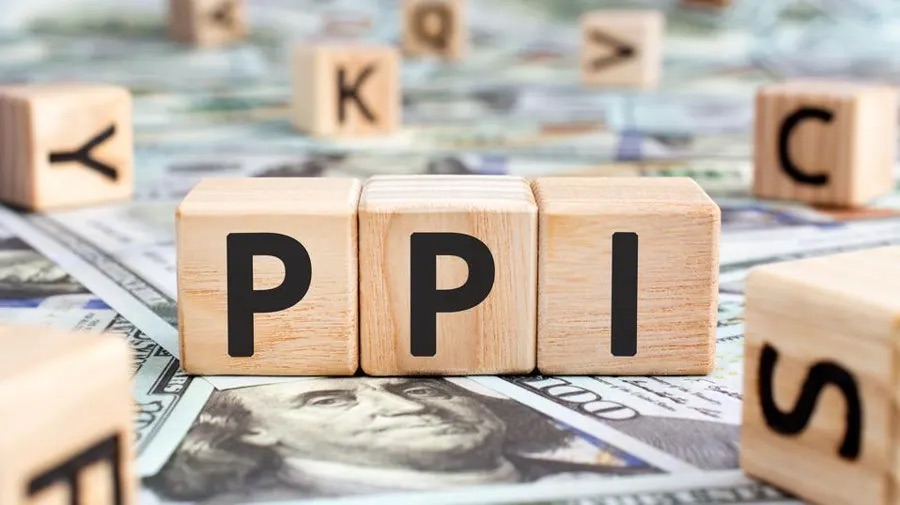Subtotal ₹0.00
Welcome back! This is Part III of our “Unlock the Economic Secrets” series. As a carrier do you wonder why there are ups and downs in finding loads and you feel like you are not getting paid what you deserve? Understanding economic indicators like the Producer Price Index (PPI) and the Consumer Price Index (CPI) might sound boring, but they can actually help you achieve your goals of getting better-paying loads and maintaining consistency in your business. Let’s break it down in a way that makes sense and shows you how to use this information to help your business thrive.
What is the Producer Price Index (PPI)?
The PPI measures the average change over time in the selling prices received by producers for their output. Think of it as a report card for businesses on how much they’re charging for their products.
Why Should You Care?
- Rising PPI: When the PPI goes up, it means producers are charging more for their goods. This often leads to higher costs for everything down the line, including the prices consumers pay.
- Falling PPI: When the PPI goes down, it means producers are charging less. This can lead to lower costs for consumers and businesses alike.
What is the Consumer Price Index (CPI)?
The CPI measures the average change over time in the prices paid by urban consumers for a market basket of consumer goods and services. It’s like a report card for how much things cost for you and me at the store.
How Do PPI and CPI Work Together?
- Relationship: The PPI often rises before the CPI because increased costs for producers (measured by the PPI) are usually passed on to consumers, leading to higher prices for everyday goods (measured by the CPI).
- Impact: When the PPI goes up, it can signal that the CPI will go up soon, meaning both businesses and consumers will feel the pinch of higher prices.
How Does This Impact the Trucking Industry?
Load Volumes:
- Rising PPI: Higher costs for producers can lead to fewer goods being made, meaning fewer loads for you to haul.
- Falling PPI: Lower costs can lead to more goods being made, meaning more loads for you to haul.
Operating Costs:
- Rising PPI: Your costs for fuel, maintenance, and parts might go up. You’ll need to charge more to cover these costs.
- Falling PPI: Your costs go down, giving you a chance to save money or invest in your business.
What This Means for Carriers, Brokers, Dispatchers, and Shippers
Carriers:

- Rising PPI: Focus on efficiency. Optimize routes and use fuel-saving technologies to manage higher costs. Communicate with clients about why rates are increasing and offer great service to justify the cost.
- Falling PPI: Leverage lower costs to offer competitive rates and attract new clients. Invest in expanding your fleet or services to handle more loads.
Brokers:
- Rising PPI: Explain to shippers and carriers why rates are going up. Use technology to streamline operations and save costs.
- Falling PPI: Offer competitive rates to attract more clients. Use lower costs to negotiate better deals.
Dispatchers:
- Rising PPI: Stay flexible and work closely with carriers and shippers to find the most cost-effective routes and schedules.
- Falling PPI: Take advantage of lower costs to optimize routes and increase efficiency, helping your clients save money and time.
Shippers:
- Rising PPI: Optimize your supply chain to reduce costs. Lock in favorable rates with long-term contracts.
- Falling PPI: Take advantage of lower transportation costs to expand your market reach. Increase inventory levels to meet rising demand.
How Can This Help You Get Better Pay and Consistent Loads?
Stay Informed:
- By keeping an eye on the PPI and CPI, you can anticipate changes in the market and adjust your strategies accordingly.
Negotiate Smarter:
- Use your knowledge of the PPI and CPI to negotiate better rates with shippers and brokers. When costs are rising, explain why you need higher rates. When costs are falling, use it to offer competitive pricing.
Build Strong Relationships:
- Communicate effectively with your clients. Transparency builds trust and can lead to long-term contracts that provide consistent work.
Plan for the Future:
- Use periods of lower costs to invest in your business. Upgrade your fleet, invest in new technologies, invest in training, or expand your services to stay ahead of the competition.
Conclusion

Understanding the PPI, the CPI, and their impact on your business can help you achieve your goals of getting better-paying loads and maintaining consistency. By staying informed, negotiating smarter, building strong relationships, and planning for the future, you can turn economic knowledge into business success.
For more detailed information on the PPI and CPI, and to view current data, visit:
Stay tuned for our next blog post in the “Unlock the Economic Secrets” series, where we’ll dive into another key economic indicator, the Logistics Managers Index (LMI), that can help you make better business decisions.


